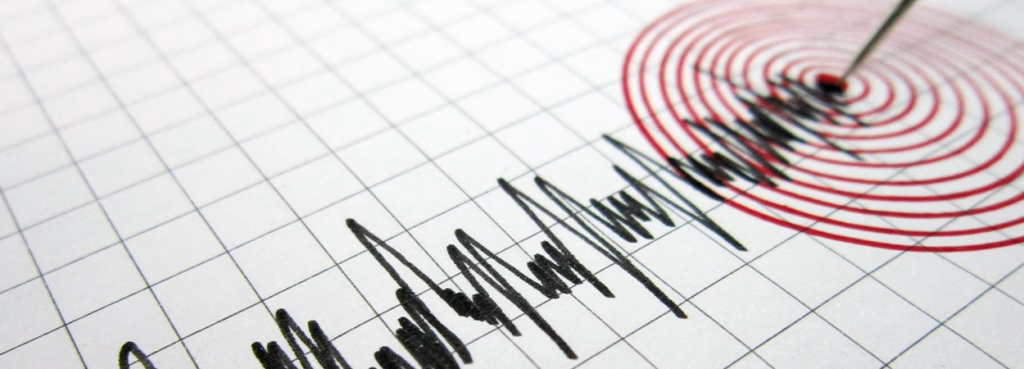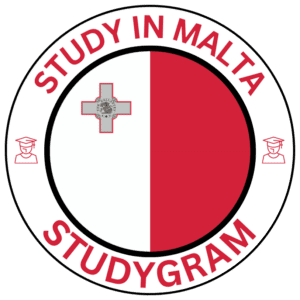
Understanding the Role of Seismic Monitoring at the University of Malta
The University of Malta is renowned for its extensive research programs in geosciences and earth monitoring, with the Seismic Monitoring and Research Group (SMRG) leading the way. Through a network of nine seismic stations across Malta, SMRG continuously observes regional seismic activity, contributing valuable data to both local and global earthquake monitoring efforts. This dedicated group plays a crucial role in advancing our understanding of seismic hazards, especially in regions prone to high tectonic activity.
In early 2025, their comprehensive seismic network captured a significant event that underscores the importance of such monitoring systems. The ability to detect and analyze earthquakes promptly not only enhances scientific knowledge but also informs disaster preparedness strategies. Exploring their recent findings about the 7.7-magnitude earthquake in Myanmar reveals the significance of ongoing seismic research conducted at the University of Malta.
The 2025 Myanmar Earthquake: An Overview
On March 28, 2025, at precisely 06:20 UTC, a powerful earthquake with a magnitude of 7.7 struck Myanmar, particularly near the city of Mandalay. The epicenter was located just a few dozen kilometers from this densely populated region, which is recognized for its high seismic activity due to its position along the Himalayan collision zone between the Indian and Eurasian tectonic plates. This zone has historically experienced several earthquakes exceeding magnitude 7.0, making seismic monitoring essential for early warning and risk mitigation.
The earthquake’s impact was felt across Myanmar and beyond, highlighting the global interconnectedness of seismic activity and the importance of international monitoring efforts. The University of Malta’s SMRG quickly recorded the event with their seismic stations, contributing valuable data to the global earthquake database and enhancing understanding of such large-scale tectonic events.
How the University of Malta Monitors Earthquakes
The SMRG’s seismic network comprises nine strategically placed stations across Malta, equipped with advanced sensors designed to detect ground vibrations associated with seismic activity. When an earthquake occurs, these stations record seismic waves, which are then analyzed to determine various parameters like magnitude, epicenter location, and depth. The data collected provides a real-time picture of seismic activity not only locally but also globally when integrated with international networks.
For the Myanmar earthquake, the Maltese seismic stations captured the vibrations as they propagated through the Earth’s crust. Detailed seismic records, like those from the XLND station in Xlendi, Gozo, in frames showing hours of vibrations, demonstrate the responsiveness and sensitivity of Malta’s monitoring infrastructure. This cross-border collaboration underscores Malta’s role in contributing to worldwide seismic research efforts.
Significance of the Data and Global Earthquake Analysis
The seismic data collected during events like the Myanmar earthquake serve multiple critical purposes. First, they contribute to immediate earthquake assessment, informing emergency response teams. Second, they enrich scientific models predicting earthquake behavior and potential aftershocks. Lastly, this data supports geological research aimed at understanding Earth’s tectonic processes, which can inform future hazard mitigation strategies.
The real-time seismic data from Malta feeds into global networks, offering insights into the event’s characteristics and helping refine earthquake detection algorithms. Such international cooperation highlights the importance of collaborative research in geosciences, facilitating faster response times and better preparedness worldwide.
Implications for Malta and the Mediterranean Region
While Malta itself experiences relatively low seismic activity compared to earthquake-prone regions like Myanmar, its proximity to active tectonic zones mandates vigilant monitoring. The data provided by SMRG’s network enhances local hazard assessments, which is vital for infrastructure resilience and public safety planning. Understanding large, distant earthquakes, such as the Myanmar event, also helps Malta evaluate its own seismic risks and prepare appropriately.
Moreover, the research conducted at the University of Malta fosters scientific excellence, attracting scholars and partnerships that drive innovation in earthquake monitoring technology. This, in turn, benefits not only Malta but also the wider Mediterranean basin, which faces multifaceted geological challenges.
The Value of Continued Seismic Research
The recording of the 7.7-magnitude Myanmar earthquake by the University of Malta’s SMRG highlights the critical importance of global seismic monitoring networks. As tectonic activity continues across the world, sustained research efforts and technological advancements are essential to improve early warning systems, reduce disaster risks, and deepen scientific understanding. Malta’s active participation exemplifies how even smaller nations contribute meaningfully to the international effort of understanding Earth’s dynamic processes.
Interested in studying at the University of Malta? Fill out the form to get personalized support from a Studygram expert counselor. We’ll guide you through program selection, admission requirements, and the application process, making it easier for you to take the next step toward your academic goals in Malta.

